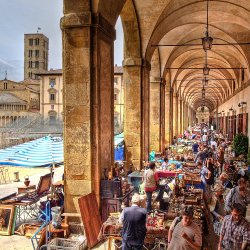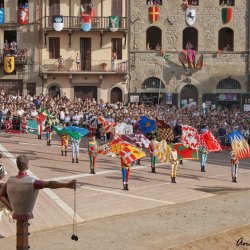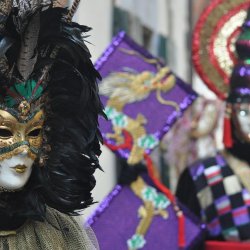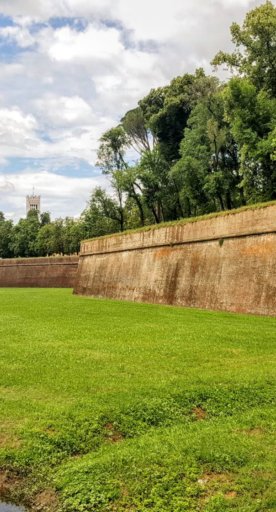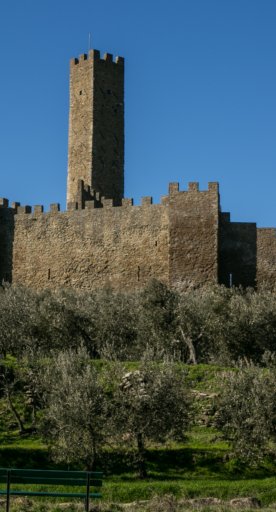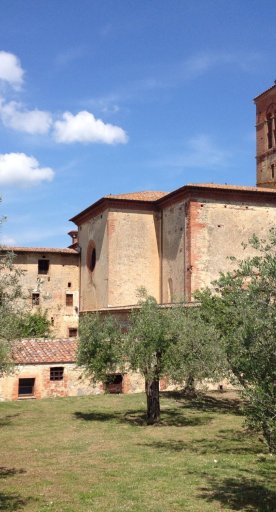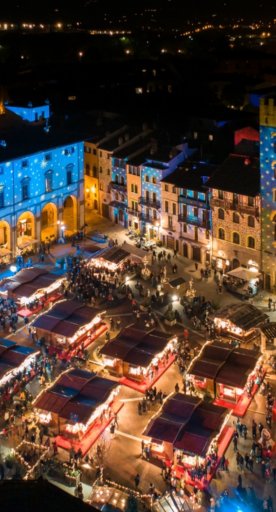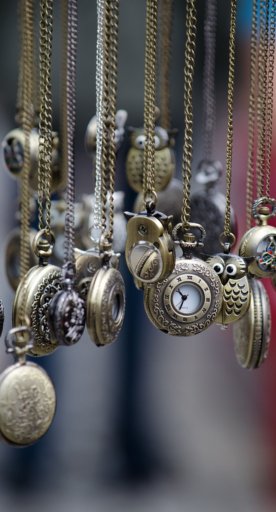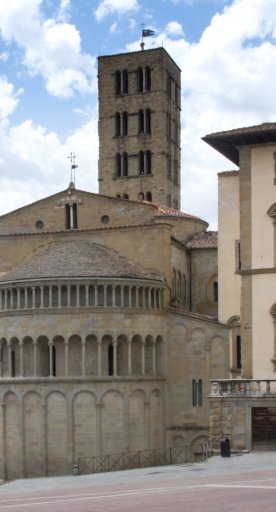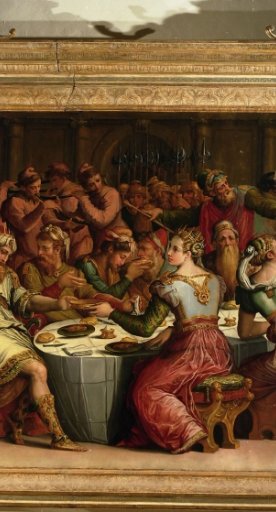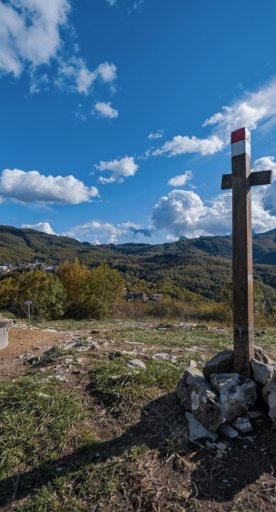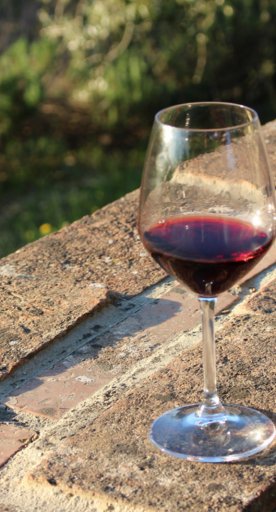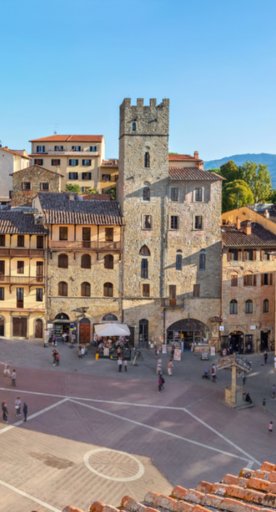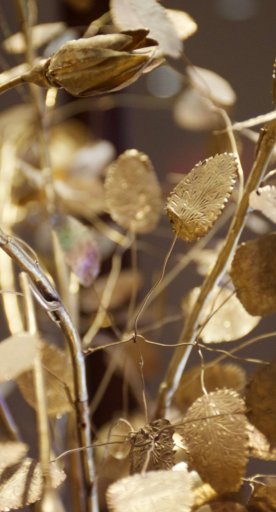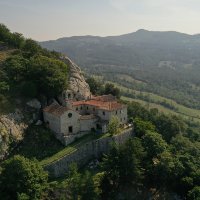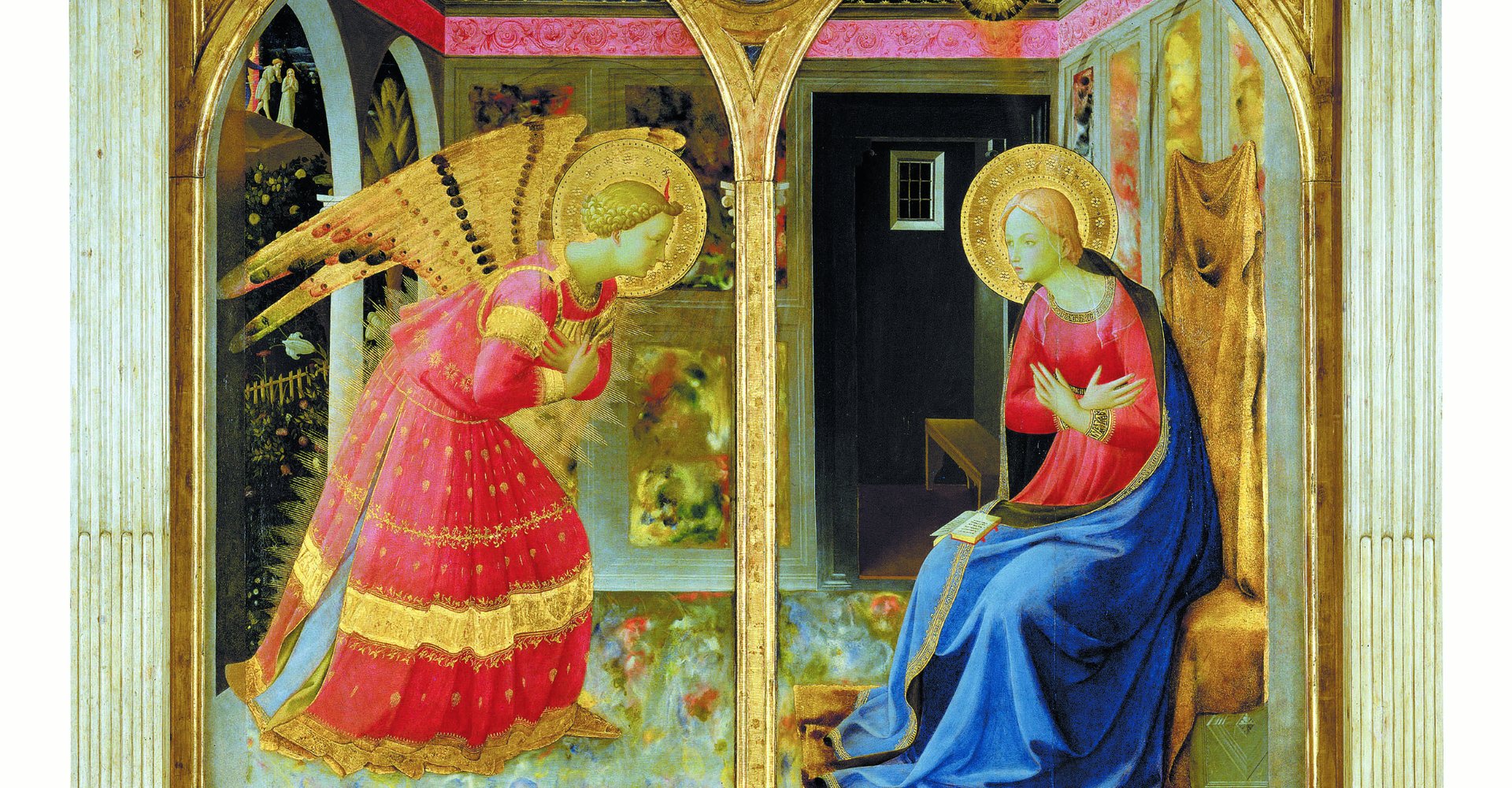
In the footsteps of Beato Angelico
A journey into the delicate Renaissance painting between Valdarno and Valdichiana
What do the Tuscan towns of San Giovanni Valdarno and Cortona have in common?
Both preserve traces of the artistic activity of a great Florentine painter of the Renaissance: Giovanni da Fiesole, born Guido di Pietro, universally known as Beato Angelico.
In San Giovanni Valdarno, the Museum of the Basilica of Santa Maria delle Grazie, a small museum of sacred art in the rooms adjacent to the Basilica, houses a masterpiece by Beato Angelico and of Renaissance art in general: the Annunciation, one of the three Annunciations realized by the artist on wood and one of his most delicate works. Made around 1440, it comes from the Franciscan convent of Montecarlo, a few kilometers away from San Giovanni.
The painting mixes both warm and cooler colors, not to mention the gold elements that truly bring the scene to life. You’ll notice a garden behind the arches on the left hand side, a symbol of Mary’s purity. The distant hilltop also features the expulsion of Adam and Eve from the Garden of Eden. In addition to these biblical moments, five key scenes from Mary's life are represented in the lower panels.
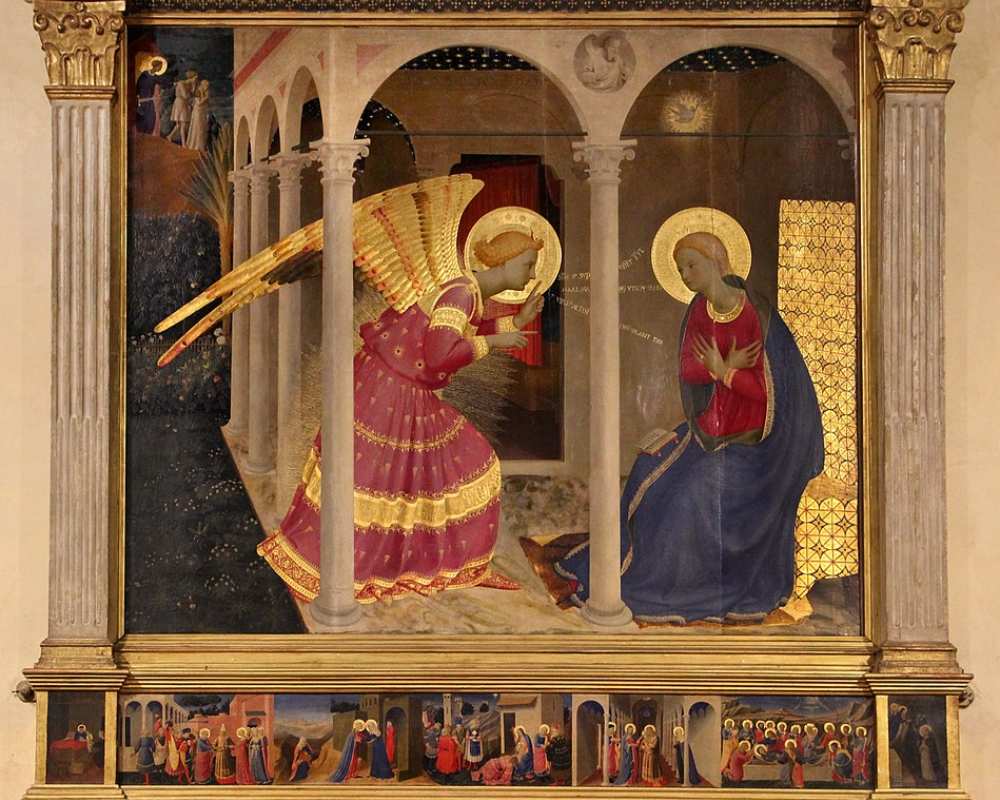
Cortona is a city that preserves impressive traces of the Etruscan period, such as the remains of the city walls dating back to the 5th century BC, while churches such as San Francesco and San Domenico, or palaces such as the Town Hall and Palazzo Casali, are still visible from the medieval period.
In town the presence of the Florentine artist is revealed in the Diocesan Museum.
In the large hall, once the Baptistery of the former church of Gesù, there are two works by Beato Angelico - the Annunciation and a Madonna with Child and four saints - both originally painted for the church of San Domenico. The two panels, together with a fresco that the artist made for the lunette of the entrance door of the church, were painted between 1434-38, a few years after the panel of San Giovanni, during his stay in the Dominican convent of Cortona (Beato Angelico remained there until 1438).
If for the San Giovanni's Annunciation the artist seems to be linked more to Masolino, the Cortona one reveals the teaching of Masaccio.
